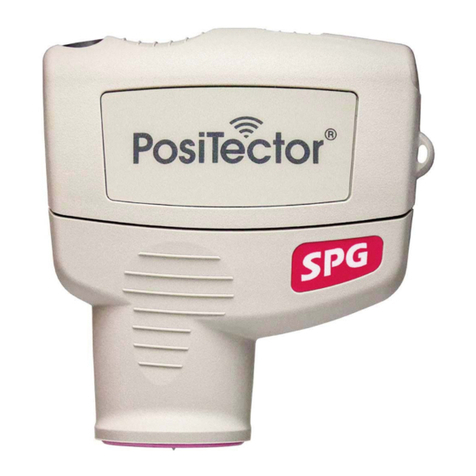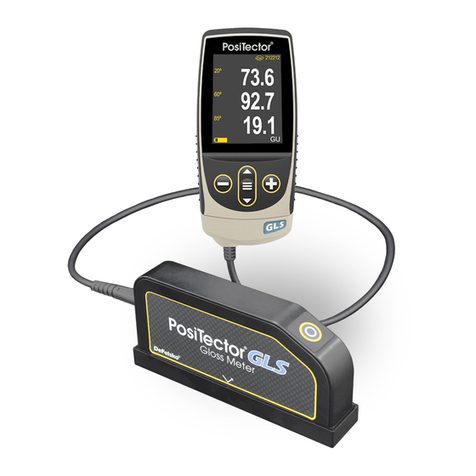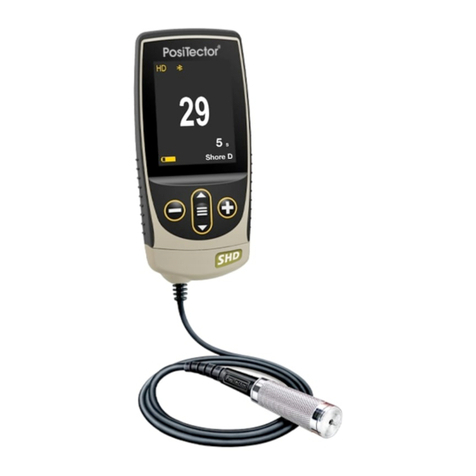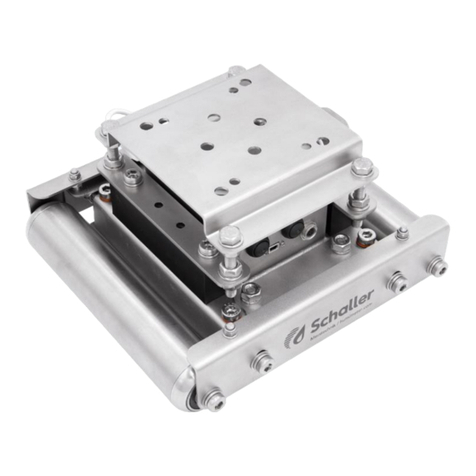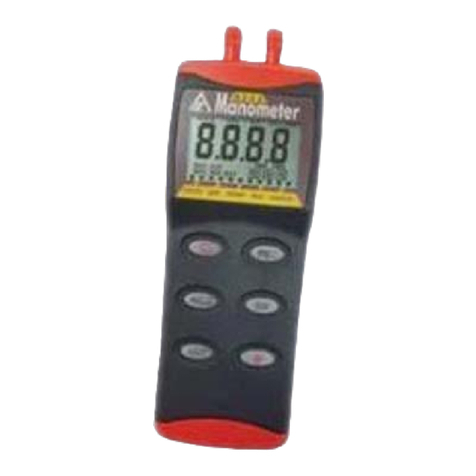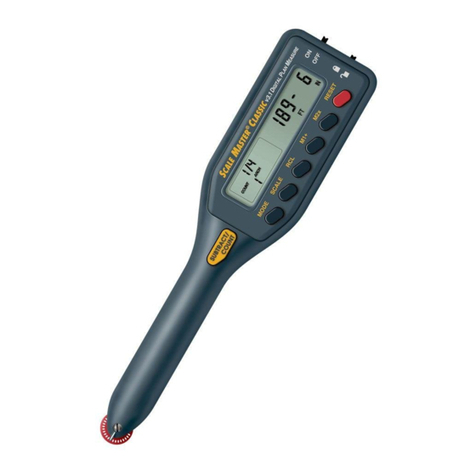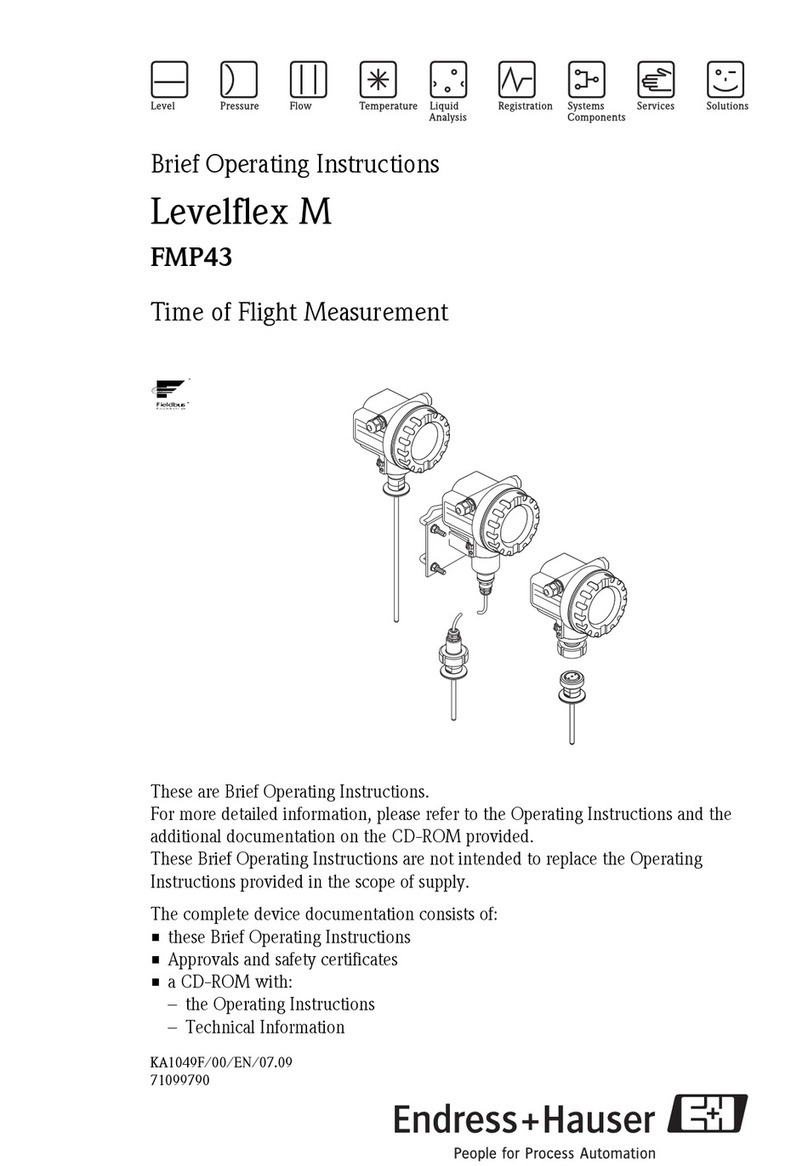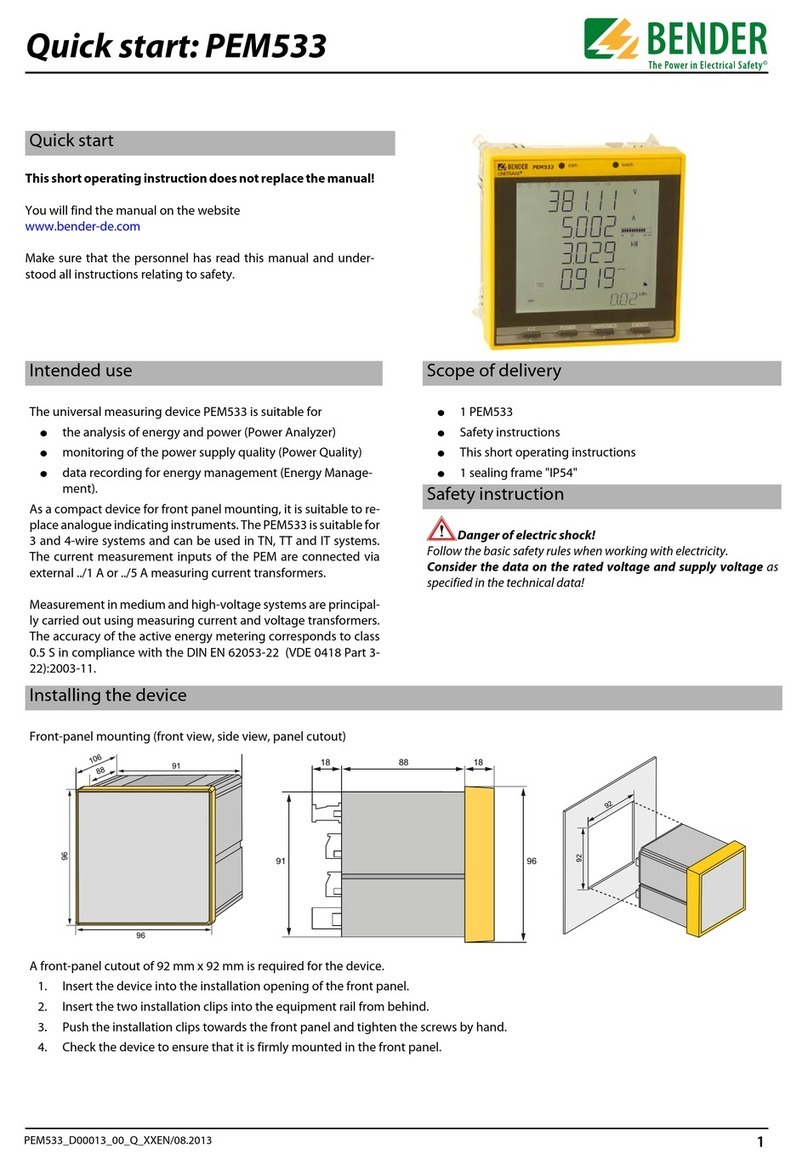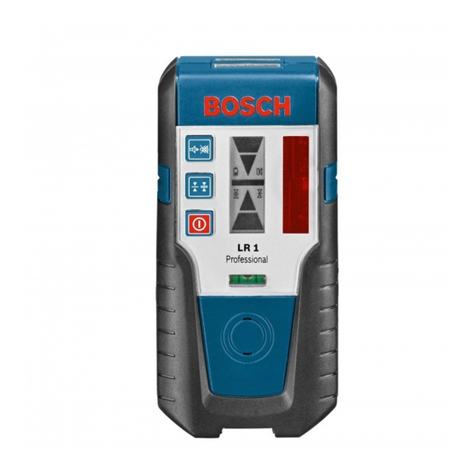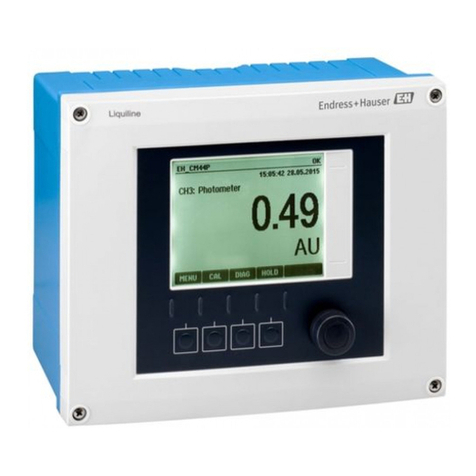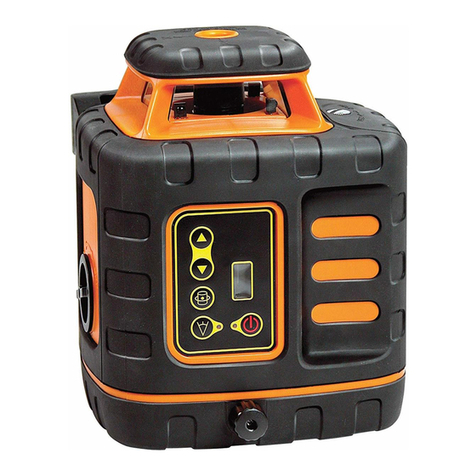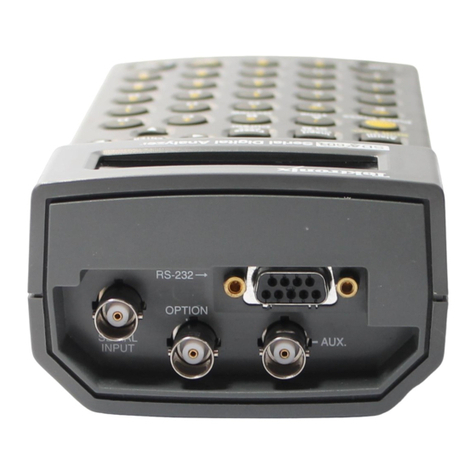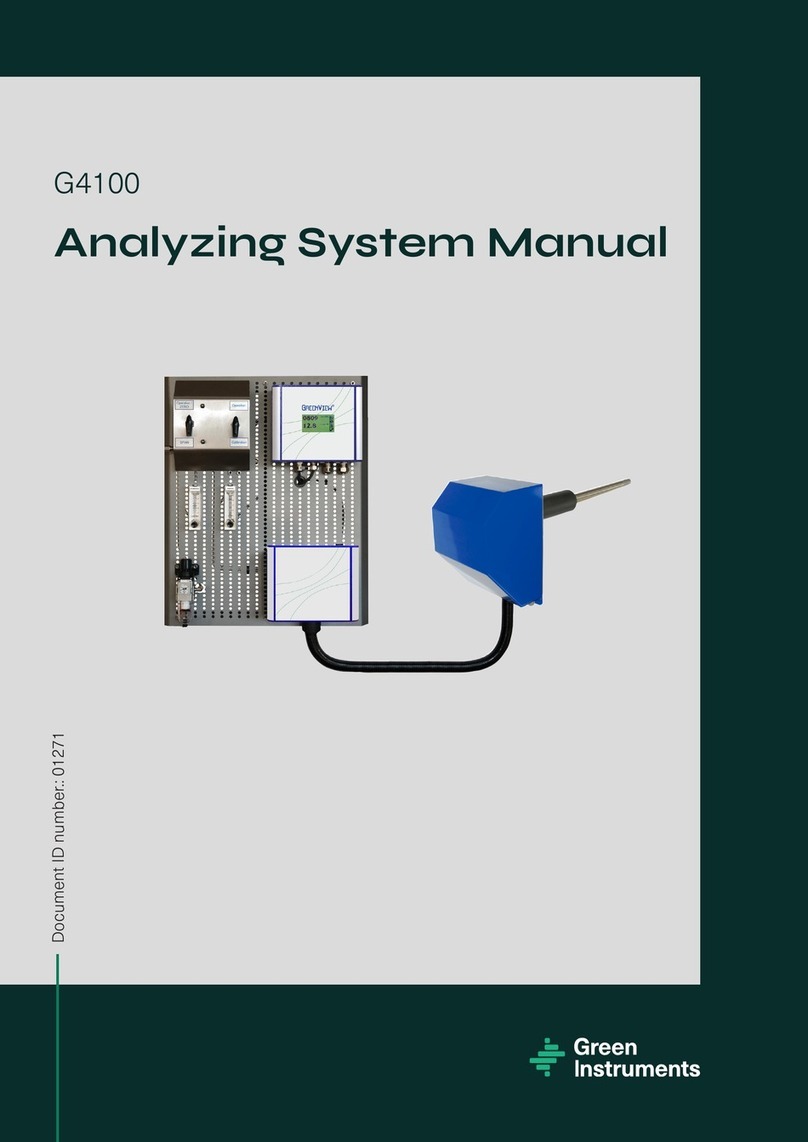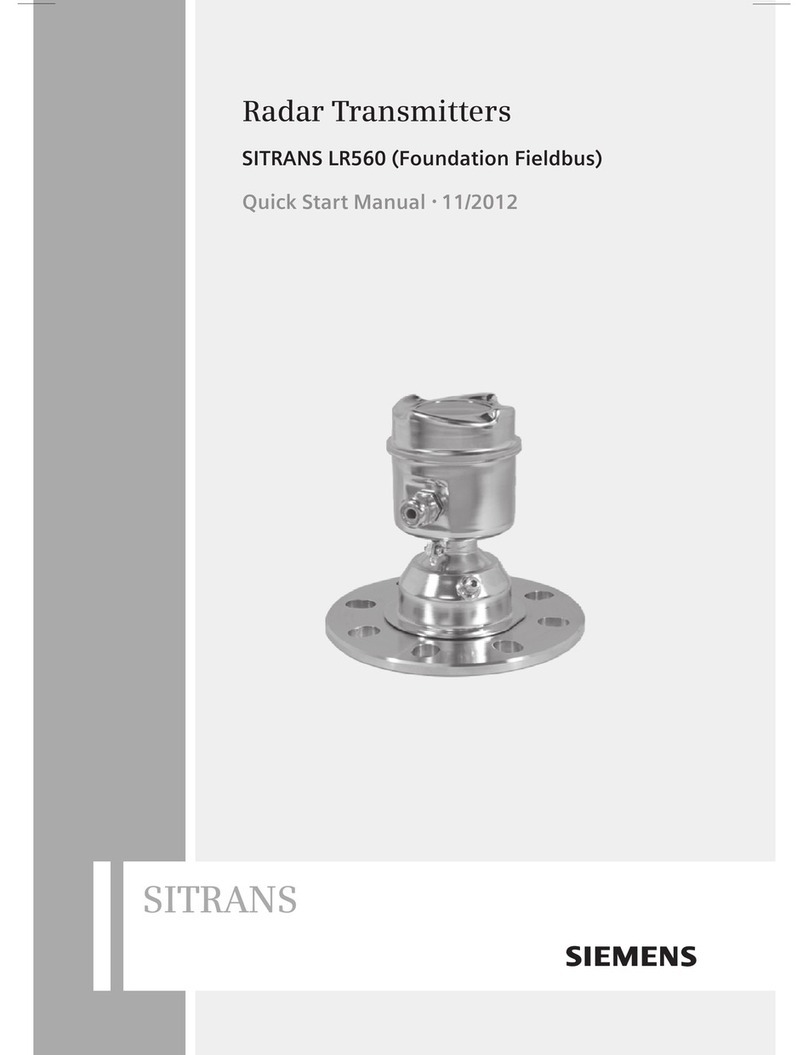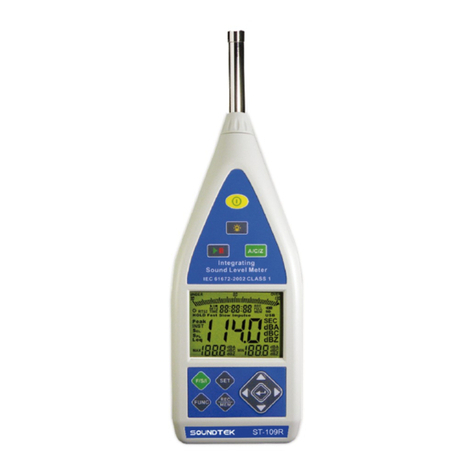DeFelsko POSITECTOR SMARTLINK User manual




















Other manuals for POSITECTOR SMARTLINK
2
Table of contents
Other DeFelsko Measuring Instrument manuals
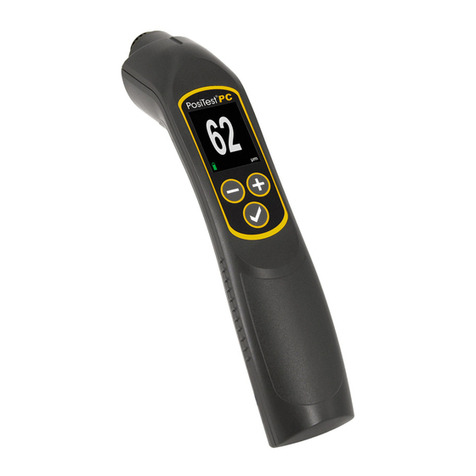
DeFelsko
DeFelsko PosiTest PC User manual
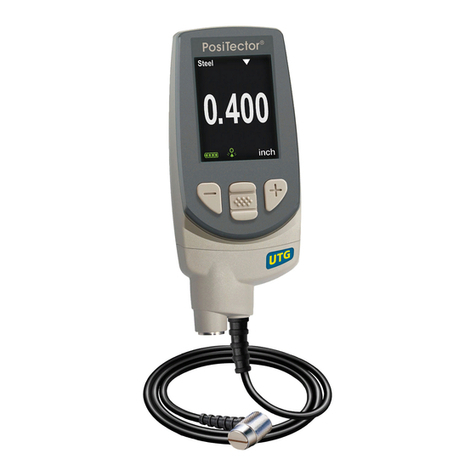
DeFelsko
DeFelsko PosiTector UTG User manual
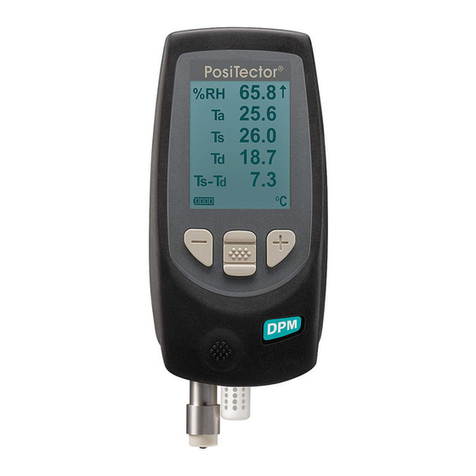
DeFelsko
DeFelsko PosiTector DPM User manual

DeFelsko
DeFelsko PosiTector DPM User manual
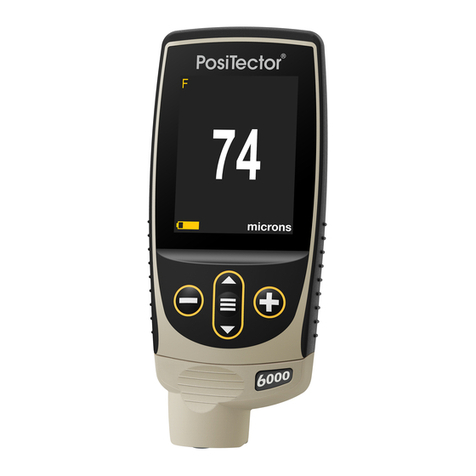
DeFelsko
DeFelsko PosiTector 6000 User manual
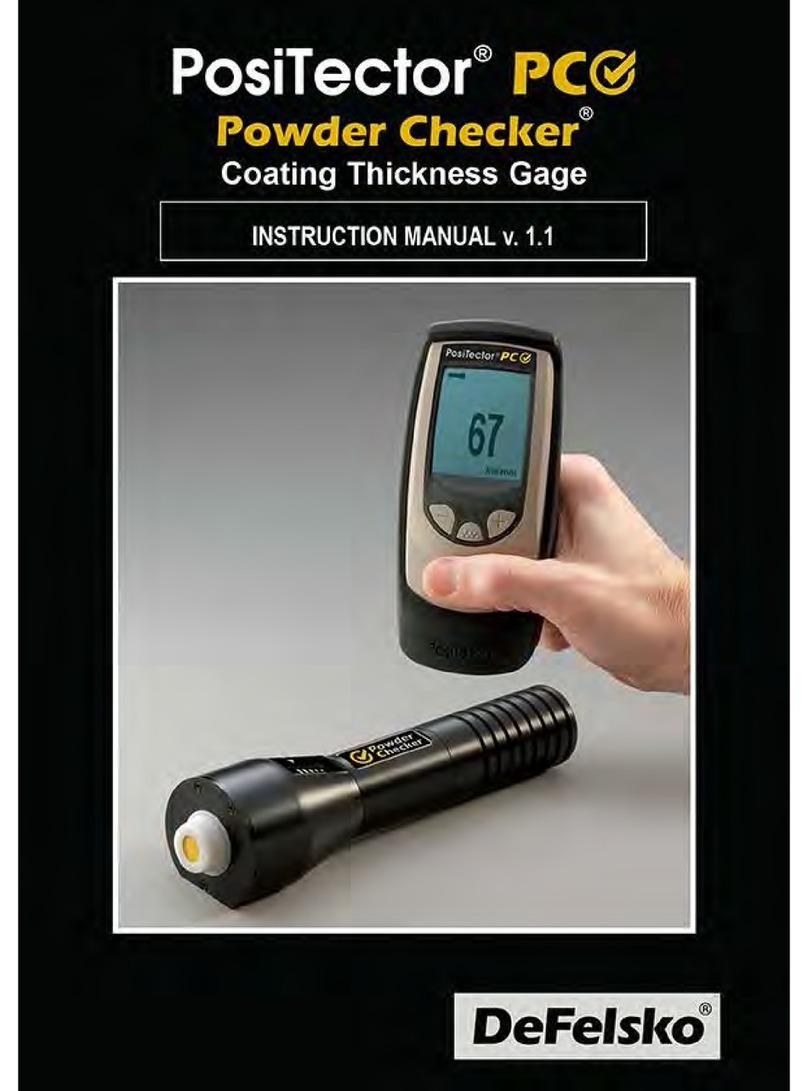
DeFelsko
DeFelsko PosiTector PC User manual

DeFelsko
DeFelsko PosiTector UTG User manual

DeFelsko
DeFelsko PosiTector UTG User manual
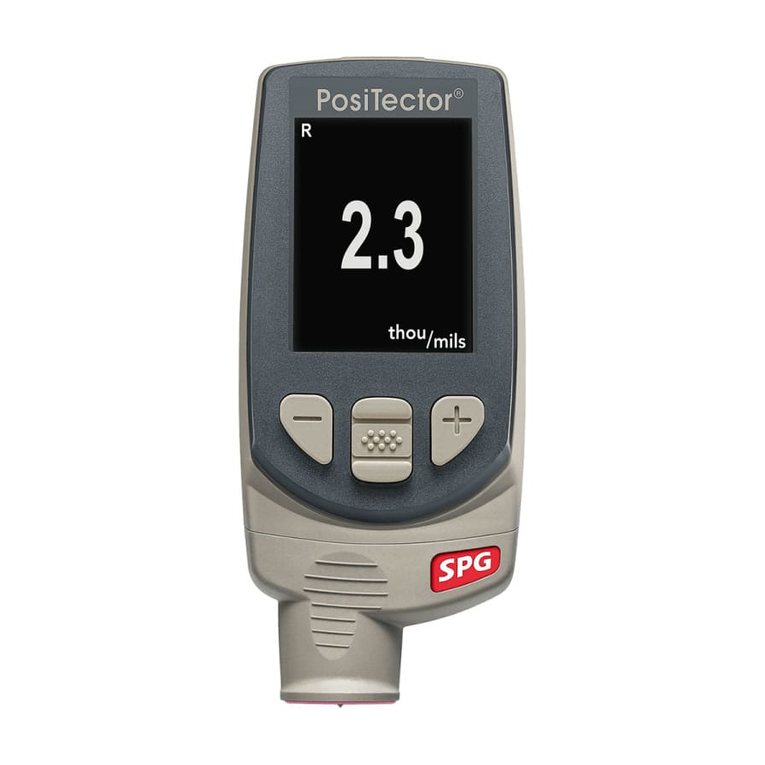
DeFelsko
DeFelsko PosiTector SPG User manual

DeFelsko
DeFelsko POSITECTOR RTR User manual

DeFelsko
DeFelsko PosiTector BHI User manual

DeFelsko
DeFelsko PosiTector CMM IS CMMISKITB User manual
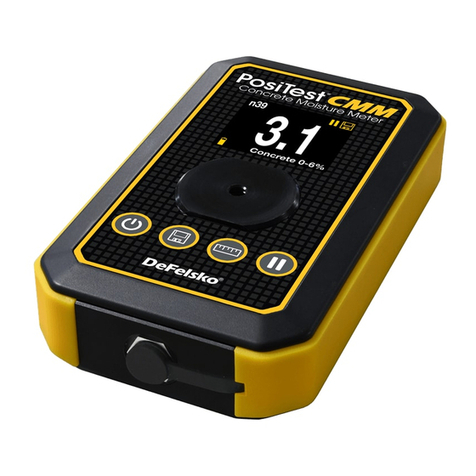
DeFelsko
DeFelsko PosiTest CMM User manual

DeFelsko
DeFelsko PosiTector DPM User manual
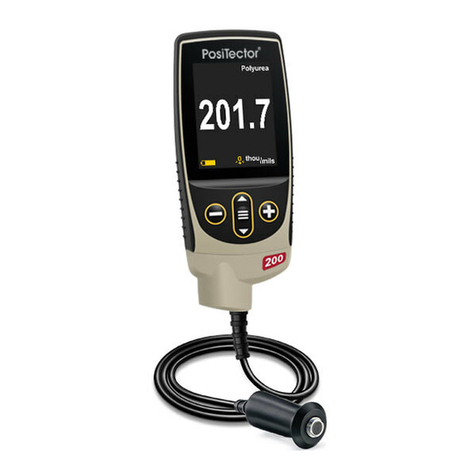
DeFelsko
DeFelsko PosiTector 200 User manual

DeFelsko
DeFelsko PosiTector SPG User manual
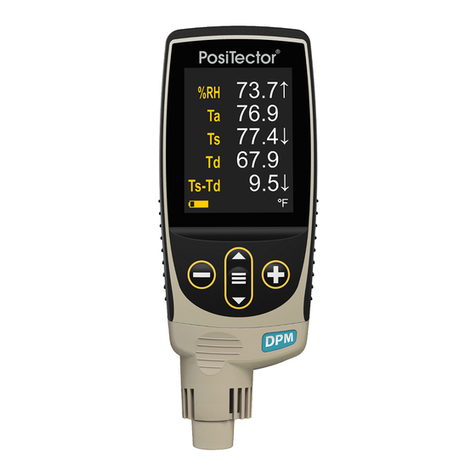
DeFelsko
DeFelsko PosiTector RTR H User manual

DeFelsko
DeFelsko PosiTector 6000 Service manual

DeFelsko
DeFelsko PosiTector UTG User manual
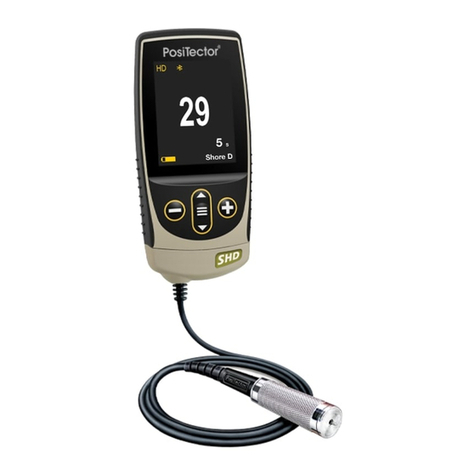
DeFelsko
DeFelsko PosiTector SHD Standard User manual

